
News
By Smart Growth America, May 8, 2018
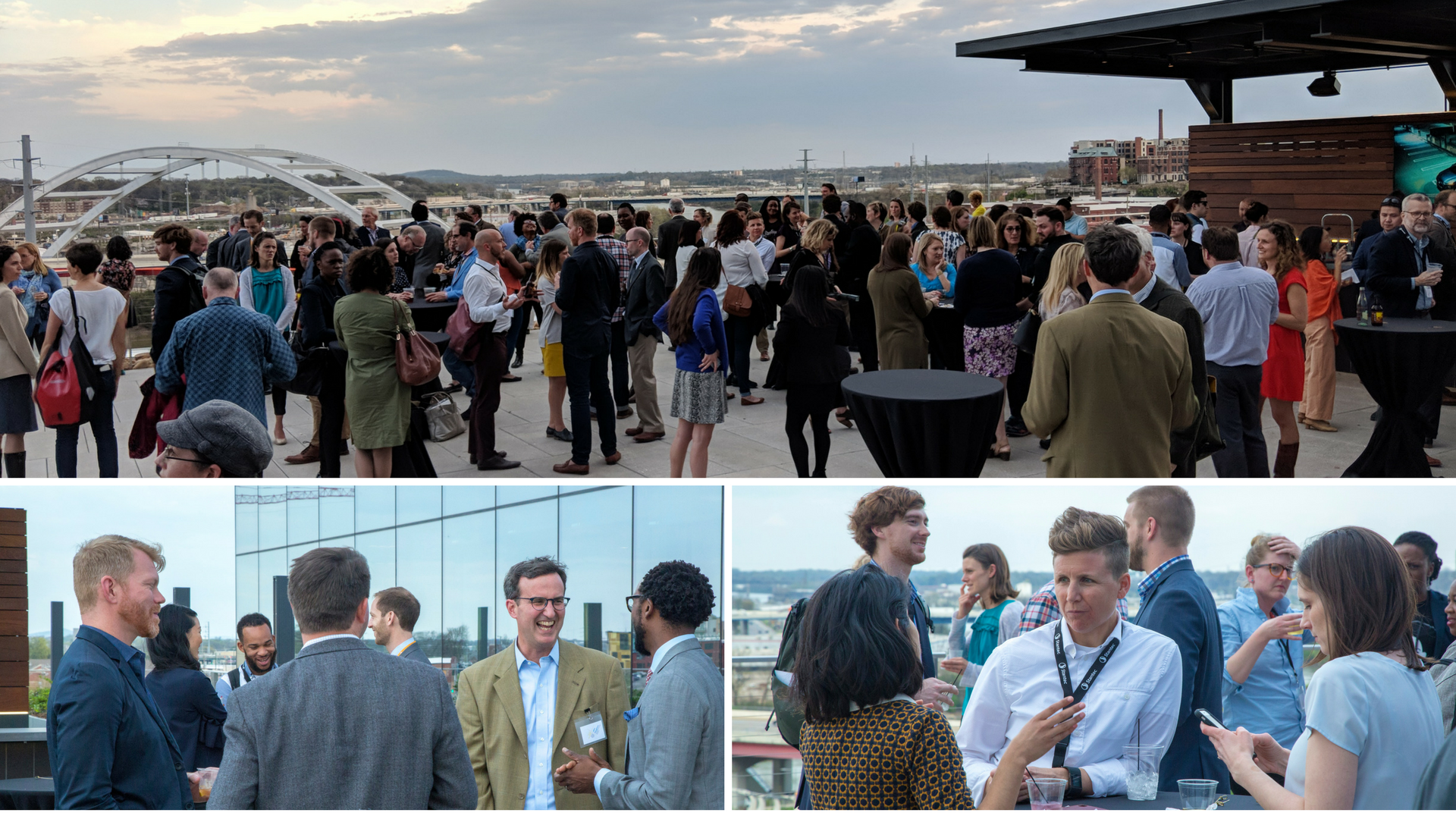 Attendees at the Intersections mingle during a reception following the first day of the conference.
Attendees at the Intersections mingle during a reception following the first day of the conference.
Following Intersections: Creating Culturally Complete Streets in spring 2018, our two senior staffers behind the conference reflected on an incredible few days in Nashville where artists came together with transportation experts to talk about how we all can be part of building safer, Complete Streets.
Emiko Atherton
Director of the National Complete Streets Coalition
Before the conference, we got a lot of questions about the title. So where did it come from?
For our second conference, Ben and I wanted to go beyond just the policy or engineering details of street design. We came up with the name Intersections because we see a glaring need for the ongoing conversation about designing for various transportation "modes" to connect and "collide" with people of all races, genders, ages, classes, and sexual orientations to create Complete Streets, and more importantly, Culturally Complete Streets.
There's two ideas we wanted to bring together: 1) Intersectionality as a type of framework for analyzing how interlocking power systems affect the most marginalized people in our society. And 2) when it comes to traffic intersections, people are asked to wait their turn, and look out for others. The name Intersections reflects our efforts to elevate the needs of others and find ways to bring people who have been marginalized in various ways to the table. How can we "wait our turn" so that we can build streets that truly are complete and serve everyone's needs?
We need to listen. As someone who is used to speaking, Intersections challenged me to figure out how to bring people together and let them speak, be heard, and lead.
Lastly, this conference wasn't just about presentations (though we did have some incredible panels and keynote presentations from people doing inspiring work all over the country). The power of the conference was truly found in the conversations and connections between people coming from radically different places and backgrounds. Artists were pushed to think about the political or technical challenges that a city planner or engineer might face in building safer streets. And the planners and engineers were pushed to think outside of their boxes and consider how incorporating arts and culture could improve not only their projects, but the processes through which those projects come to be. Some of the best moments for me were the conversations I saw happening out of the corner of my eye throughout the conference—connections I hope are carried on for years.
Our hope is that Intersections was more than just an event, but really planted the seeds for a greater movement.
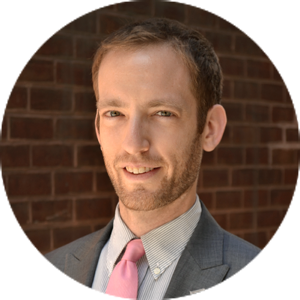 Ben Stone
Ben Stone
Director of arts and culture at Smart Growth America
After a long time spent discussing it, we settled on the conference name for its literal reference to street intersections, as well as for the fact that we aimed to create opportunities for a variety of disciplines and schools of thought—engineering, planning, design, the arts—to intersect in debates, discussions, and arguments. As Emiko explained, intersectionality also refers to the fact that various systems tend to work in tandem to cause disadvantages and discrimination for many members of society, and the only remedy for this is to take a holistic and community-specific approach to changing not only design but also the processes behind new designs.
To further drive this the intersectional theme, we intentionally split our keynote speakers 50/50 between people representing the arts world and the transportation world, and had the arts folks talk about transportation and the transportation folks talk about art. By forcing our speakers outside their comfort zones and areas of expertise, we certainly created a few somewhat awkward moments, but we also peeled back the layers of jargon and assumptions that often prevent us from having the kind of urgently needed, straightforward, honest discussion of pressing issues.
Over the past few years, far more opportunities have emerged for creative placemaking practitioners—or artists/arts administrators employing artistic practice—to solve community development challenges, share best practices, and learn new skills. But just because these creative people are involved doesn’t mean that they are truly integrated into the processes for transportation projects. So we intentionally strove to create a space at Intersections to force these creative placemakers to directly interact with the engineers, planners, and policymakers who are a crucial component of transportation projects. From sitting in on panel presentations and eavesdropping on hallway conversations, I know that many transportation professionals and artists found new ways to address their priorities, concerns, and professional goals and to move towards better collaboration.
If many of our transportation challenges were created by taking a technocratic approach to road design in our cities, I hope Intersections represents a step towards taking a more culturally- and community-specific approaches to working collaboratively on new transportation projects. Arts and culture aren’t something “extra” any more than new sidewalks or bike lanes are—they go hand in hand to produce streets that are truly “complete.”
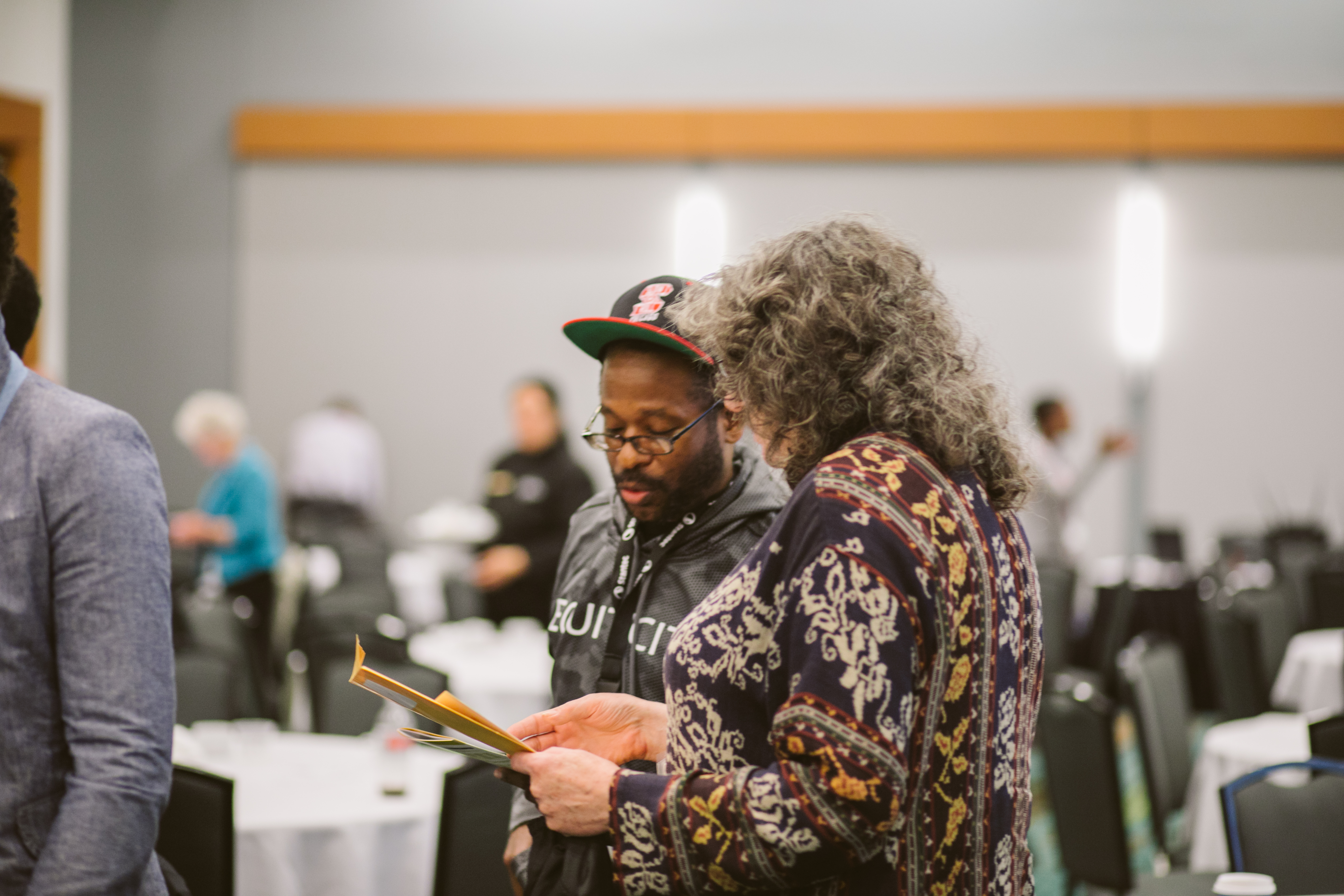
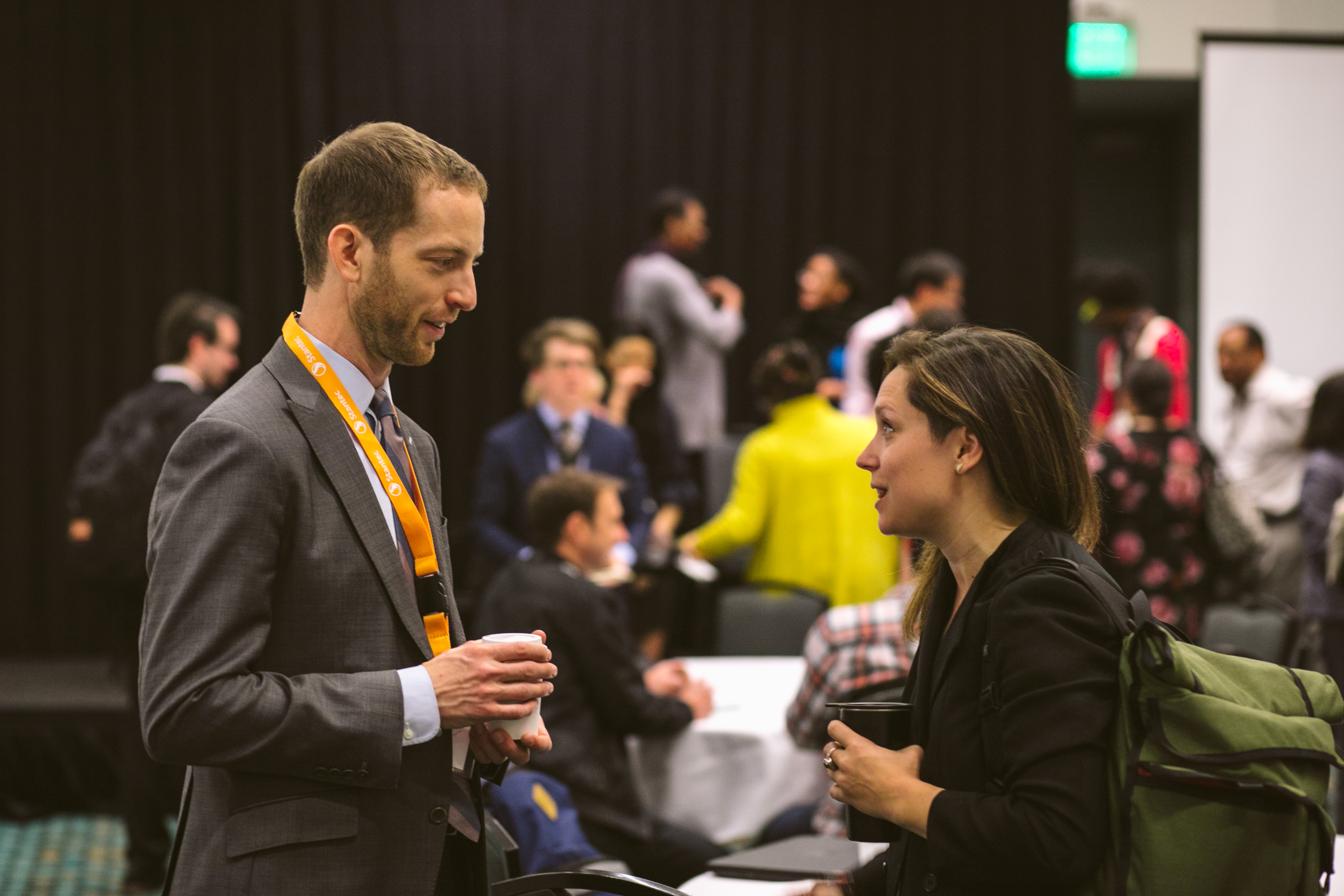

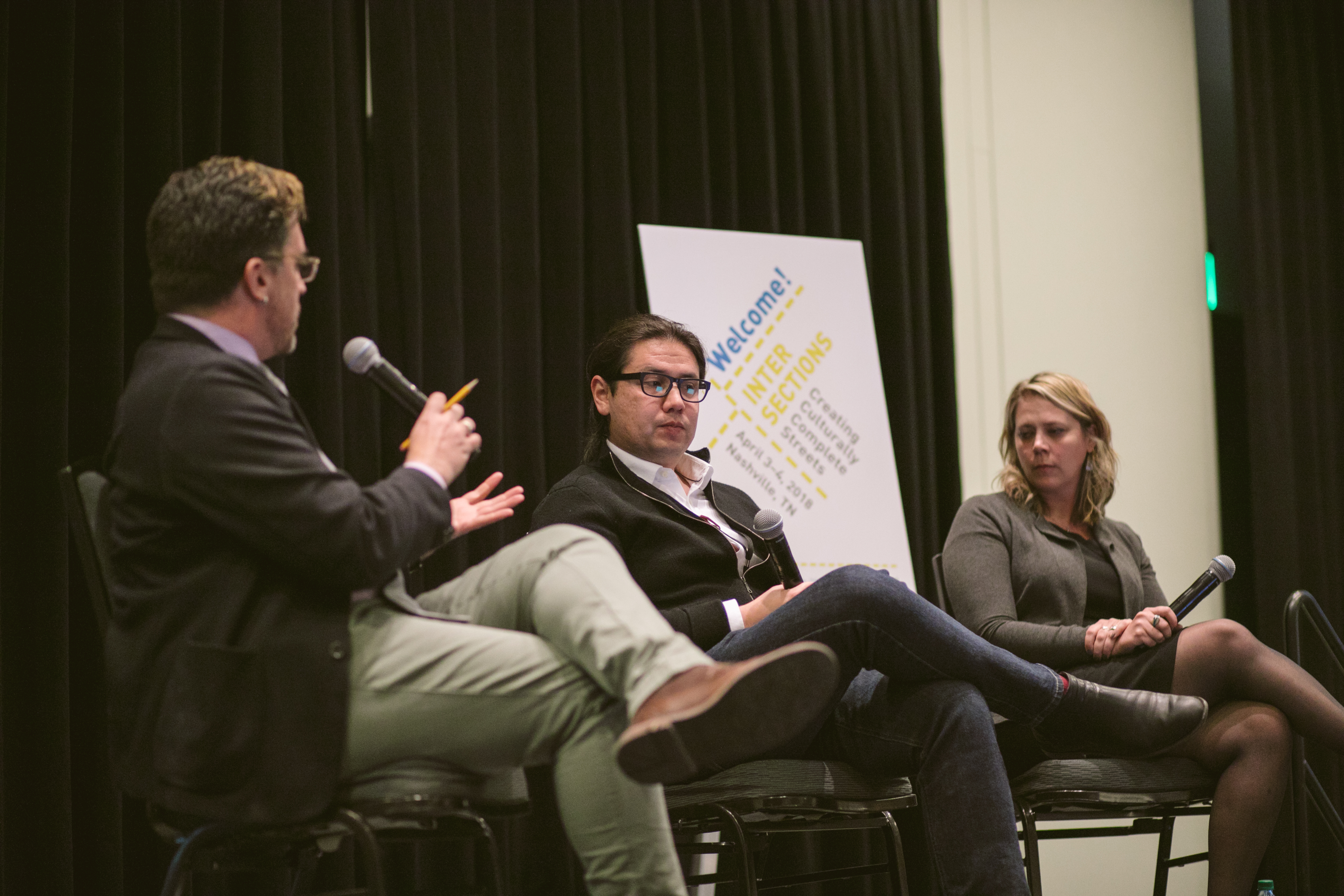
Watch: An Intersections trilogy
Over the two days in Nashville, we were also able to ask some of our speakers to share their thoughts on Complete Streets, the importance of equity in our transportation planning and systems, and what creative placemaking means to them. Watch the trilogy of videos below for inspiration.
Intersections 2018: Equity
Intersections 2018: Creative Placemaking
Related News

© 2025 Smart Growth America. All rights reserved
Site By3Lane Marketing








